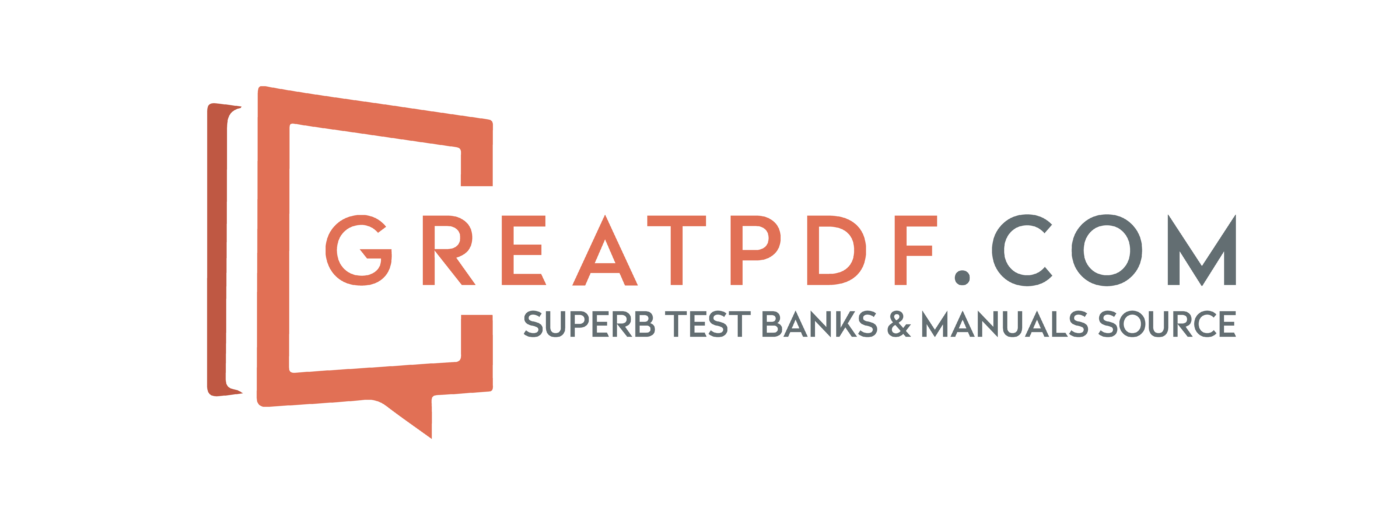Your business serves a diverse array of customers, each with unique interests and needs. It’s common knowledge that a one-size-fits-all message won’t resonate with everyone. Yet, customizing marketing campaigns for each individual customer is often impractical. Enter customer segmentation: the practice of dividing your audience into targeted groups with shared buying characteristics. This approach enables businesses to prioritize and engage with their most valuable customers through tailored marketing strategies.
What is Customer Segmentation?
Customer segmentation involves categorizing your audience into distinct groups based on their purchasing behaviors, preferences, and characteristics. These segments share common needs and often communicate through similar channels. By understanding the purchase drivers of each segment, businesses can make informed decisions regarding product development, sales strategies, and marketing efforts.
Personalizing messages for targeted groups can have a significant impact on your bottom line. Studies have shown that customers are more likely to consider purchasing from a business that offers personalized experiences. Conversely, many consumers express frustration when messages lack personalization, leading them to seek alternatives.
Types of Customer Segmentation
Customer segments can vary in scope and specificity. They can range from broad binary distinctions to focused, nuanced categories. Michael Solomon, a marketing expert, suggests that modern marketing trends are shifting towards narrower, more accurate segmentation approaches.
Segments can be binary and wide, such as distinguishing between customers subscribed to an email newsletter and those who are not. Alternatively, segments can be focused and narrow, like differentiating between single and married subscribers. Each segment provides valuable context for understanding customer behavior and preferences.
Why Segment Your Customers?
Proper customer segmentation is not just about personalization; it’s about revenue differentiation. Businesses that tailor their offerings to customer segments typically enjoy higher revenue and greater market share compared to those with generic marketing strategies. Segmenting your customers allows you to identify high-value segments and tailor your marketing efforts to meet their specific needs.
How to Define Your Customer Segments
Crafting effective customer segments requires careful analysis and data collection. Start by assessing your product’s target audience and unique selling points. Create detailed buyer personas to guide your segmentation questions and hypotheses. Collect market data through surveys, focus groups, and interviews to gather behavioral and psychographic insights.
Compile your data into actionable segments organized by buying characteristics and other differentiating factors. Prioritize retaining and engaging your current customers while exploring new market opportunities. Remember, it’s often more cost-effective to retain existing customers than to acquire new ones.
Conclusion
Customer segmentation is essential for businesses seeking to maximize their marketing ROI and foster customer loyalty. By understanding the diverse needs and preferences of their audience, businesses can create targeted strategies that resonate with customers on a personal level. Take the time to conduct thorough research and segment your customers into ideal target groups. By prioritizing personalization, you can cultivate lasting relationships with your customers and drive sustainable business growth.
